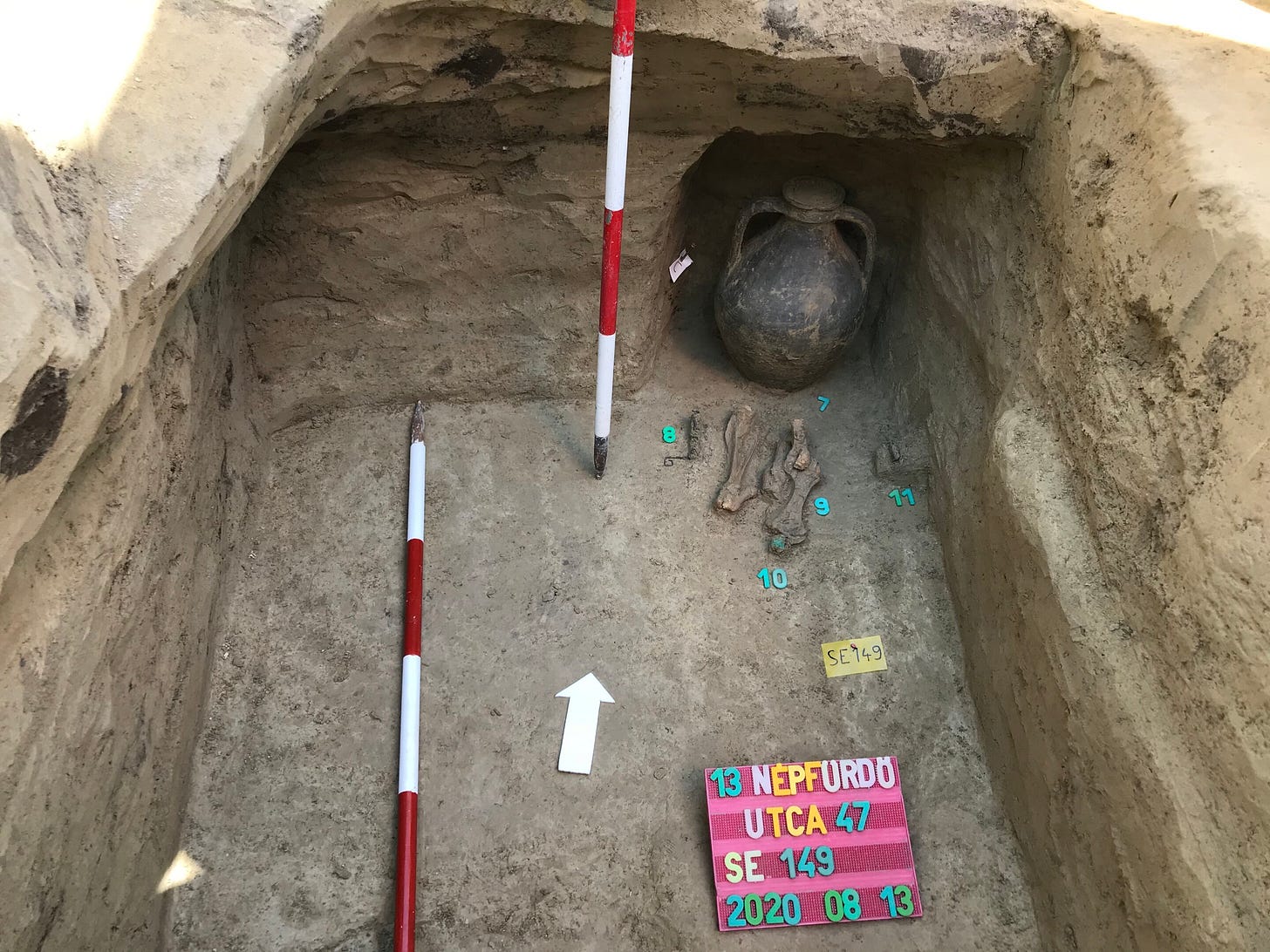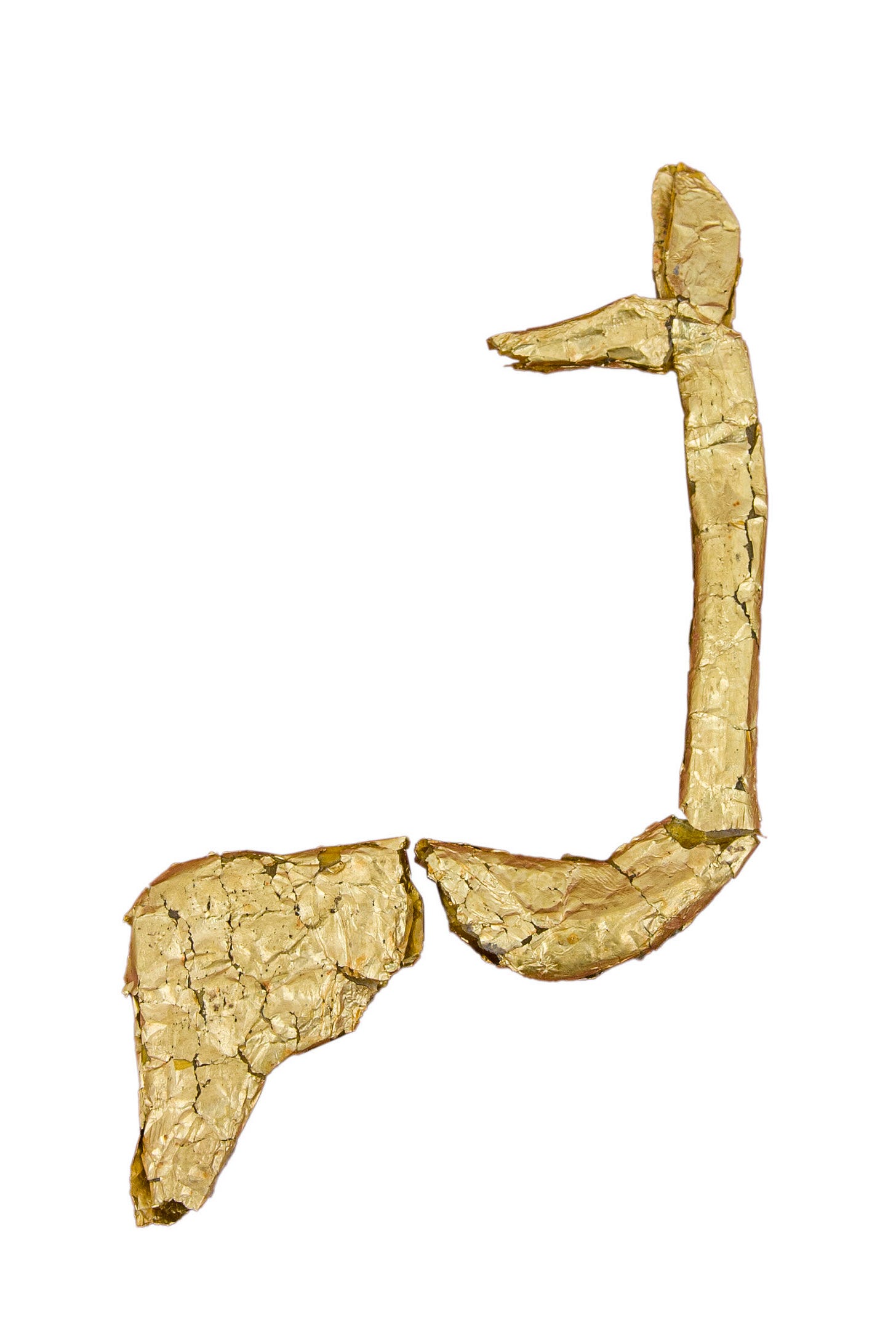
The sudden appearance of the Huns in Europe during the late 4th century CE sent shockwaves through the continent. Within a few decades, they built an empire that stretched from the Eurasian steppe to the heart of Central Europe, reshaping political landscapes and leaving an imprint on European history. But where did they come from?
For centuries, scholars have debated whether the Huns were direct descendants of the Xiongnu, the powerful confederation that dominated the Mongolian steppe before collapsing around 100 CE. The 300-year gap between the fall of the Xiongnu and the emergence of the Huns has made it difficult to confirm a direct link. A new study, published in Proceedings of the National Academy of Sciences, provides fresh insights into this question by analyzing the ancient genomes of individuals from across Eurasia.

A team of geneticists, archaeologists, and historians from the Max Planck Institute for Evolutionary Anthropology and the HistoGenes project examined the DNA of 370 individuals dating from the 2nd century BCE to the 6th century CE, spanning sites from Mongolia to Central Europe. The results paint a complex picture of migration, cultural blending, and long-distance connections.
The study focused on 35 newly sequenced genomes from key archaeological sites, including a 3rd–4th century site in Kazakhstan and 5th–6th century burial contexts in the Carpathian Basin. These European burials included individuals with “eastern-type” traits—characteristics often associated with nomadic steppe traditions.
Despite historical accounts suggesting a large migration of Huns into Europe, the genetic evidence tells a different story. The researchers found no widespread East Asian ancestry among the European populations of the Carpathian Basin following the Huns’ arrival. Instead, the majority of individuals were of predominantly European origin, maintaining local genetic and cultural traditions.
However, a small but distinct group of individuals, primarily from “eastern-type” burials, carried significant East Asian ancestry. These individuals stood out as genetic outliers in the region, hinting at direct steppe connections.
A breakthrough came when researchers analyzed shared DNA segments—known as identical-by-descent (IBD)—to trace genealogical connections between individuals.
“It came as a surprise to discover that a few of these Hun-period individuals in Europe share IBD links with some of the highest-ranking imperial elite individuals from the late Xiongnu Empire,” said Guido Alberto Gnecchi-Ruscone of the Max Planck Institute.
One particularly striking connection involved an individual buried in the largest known terrace tomb of the Xiongnu. This finding suggests that, while the bulk of the European Huns’ population was genetically diverse, certain elite figures may have been direct descendants of high-status Xiongnu individuals from Mongolia.
While the study confirms some genetic continuity between the Xiongnu and the Huns, it also challenges the idea of a large-scale migration from the East.
“DNA and archaeological evidence reveal a patchwork of ancestries, pointing to a complex process of mobility and interaction rather than a mass migration,” said Zsófia Rácz of Eötvös Loránd University in Budapest.

This contrasts with later steppe migrations, such as the Avars in the 6th century, who arrived in Europe with a much more significant East Asian genetic footprint. The Huns, by contrast, appear to have gradually moved westward over generations, intermixing with local populations along the way.
“The ancestors of Attila’s Huns took many generations on their way westward and mixed with populations across Eurasia,” noted Walter Pohl of the Austrian Academy of Sciences.
The findings suggest that while the Huns altered the political and military landscape of Europe, their genetic impact outside of elite burials was relatively limited. The broader population in the Carpathian Basin remained largely local, with only selective steppe influences.
“Although the Huns dramatically reshaped the political landscape, their actual genetic footprint—outside of certain elite burials—remains limited,” explained Zuzana Hofmanová of the Max Planck Institute.
This study highlights how genetic research, combined with archaeology and historical analysis, can help resolve long-standing debates about the origins of past populations.
“From a broader perspective, the study underscores how cutting-edge genetic research, in combination with careful exploration of the archaeological and historical context, can resolve centuries-old debates about the composition and origin of past populations,” said Johannes Krause, director of the Department of Archaeogenetics at the Max Planck Institute.
While many questions remain, this research provides strong evidence for a direct but complex relationship between the Xiongnu elite and certain individuals within the Hun-period European population. Rather than a straightforward migration or invasion, the story of the Huns is one of gradual movement, adaptation, and integration across the vast expanse of Eurasia.
-
de Barros Damgaard, P., Marchi, N., Rasmussen, S., et al. (2018). “137 ancient human genomes from across the Eurasian steppes.” Nature, 557, 369–374.
-
DOI: 10.1038/s41586-018-0094-2
-
Examines the genetic history of steppe populations, including the Scythians, Sarmatians, and early Turkic groups.
-
-
Veeramah, K. R. (2018). “The importance of ancient DNA in understanding migration patterns in prehistory.” Annual Review of Genomics and Human Genetics, 19, 263-289.
-
Kim, B. M., Roh, S., Kim, S. et al. (2021). “Ancient genomes from present-day Korea and Japan suggest genetic exchanges in East Asia.” Science Advances, 7(32), eabd9223.
-
DOI: 10.1126/sciadv.abd9223
-
Investigates genetic exchanges between East Asian populations, shedding light on early migrations in the region.
-
These studies provide additional perspectives on how ancient steppe societies moved, interacted, and influenced the genetic landscape of Eurasia over millennia.







